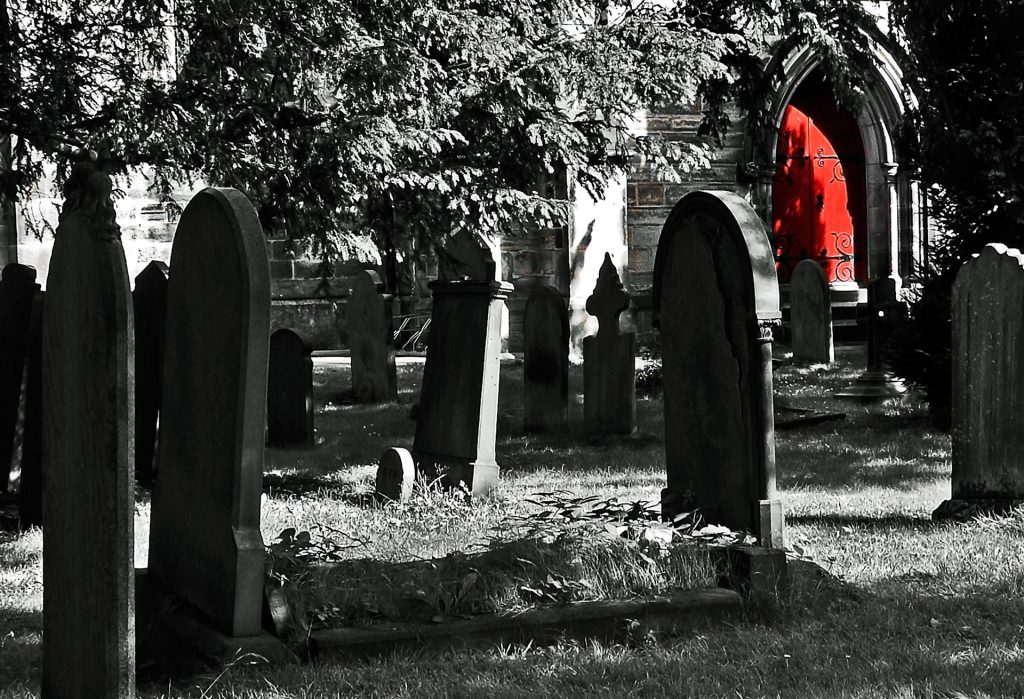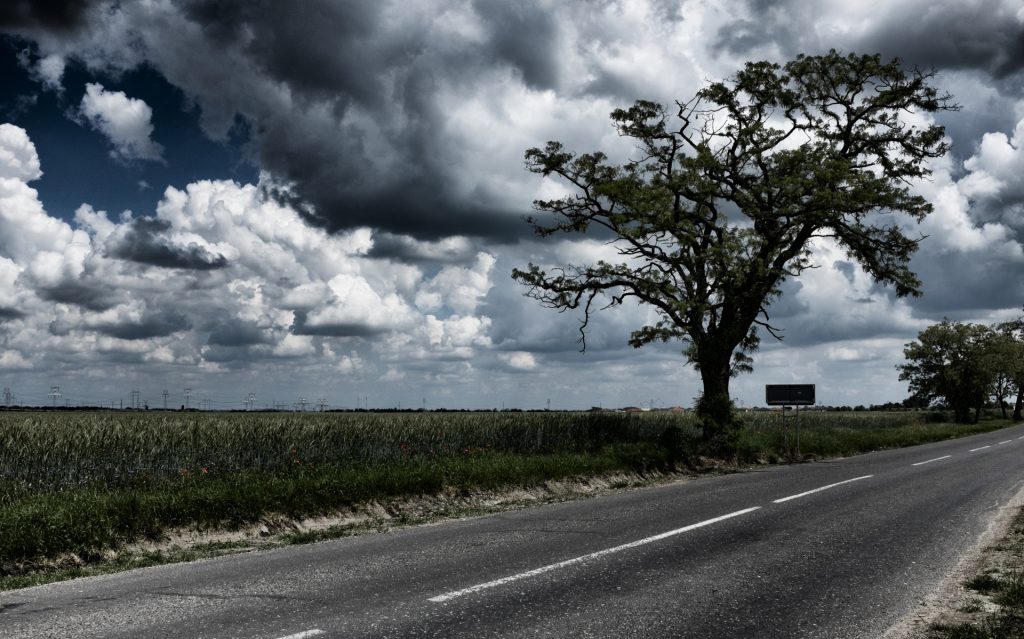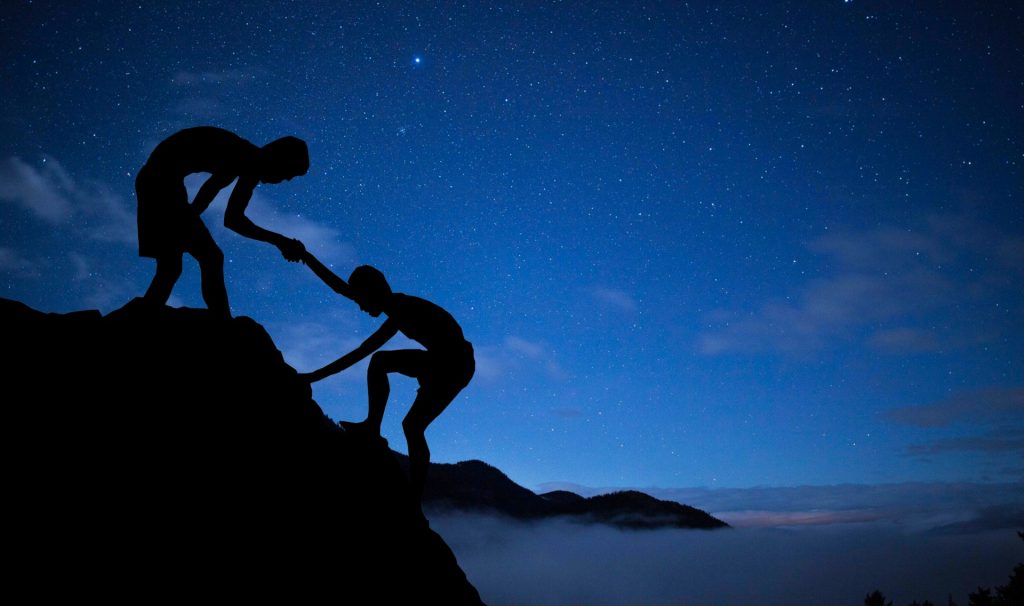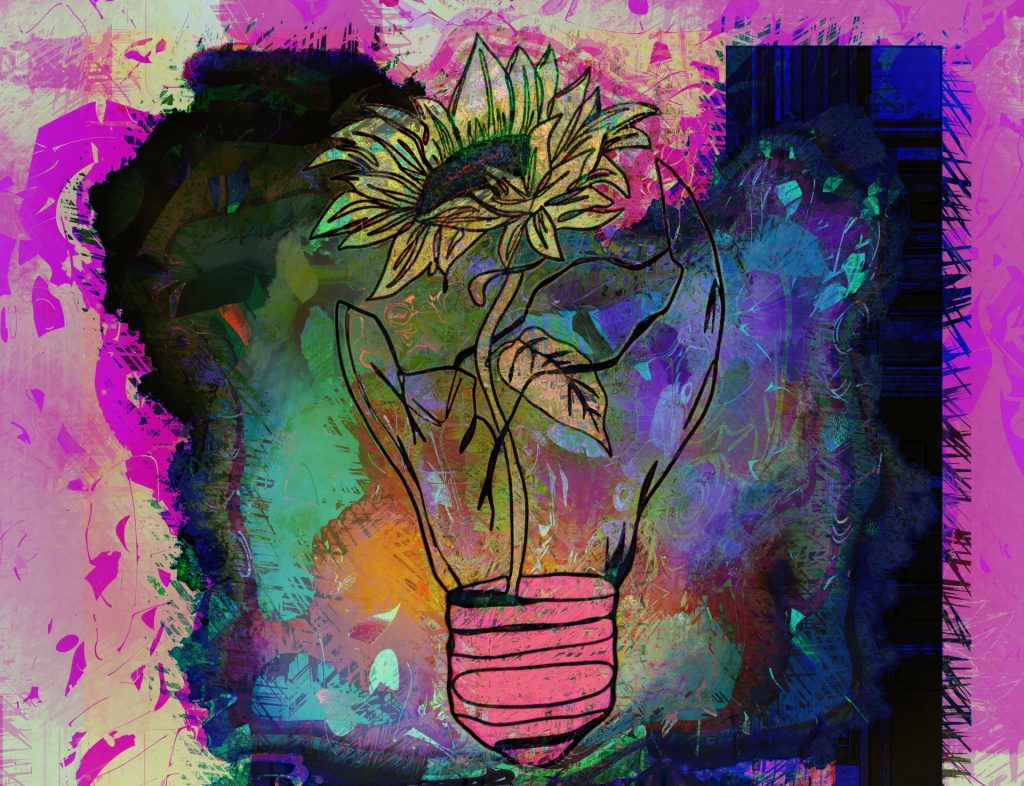Welcome to a fresh month of Synchronized Chaos! We’re exploring reality from different perspectives, experimenting with different takes and different frames.
Mark Young’s poetry evokes reframing, repurposing, contrast, and juxtaposition.

Ellie Ness contributes a sketch of cultural exploration by contrast: an Englishwoman abroad in Iraq under under Saddam Hussein. We see a sketch of domestic life, the different spheres of influence of men and women, the power relationships and norms.
Caleb Ishaya Oseshi’s black and white photography illustrates ordinary people of Nigeria. We see them living everyday life, walking, bicycling, carrying children and other objects in vibrant street scenes.
Isabel Gomes de Diego photographs a barbecue, inviting us to imagine the people who will gather to enjoy the feast.

Ahmad Al-Khatat speaks to romantic love, grief, and the desire to connect across cultural and physical differences.
Sa’ada Isa Yahaya conveys the physicality of grief, the pain of a nation stored in a person’s body. Fortune Simeon illustrates how grief transforms and colors our everyday perceptions. Ogwuche Bella’s speaker attempts to love despite overwhelming personal and societal grief.
Shamsiya Khudoinazarova Turumovna sings a story of grief, for a nation and for a person. Wisdom Adediji buries grief into poems, as writing is both a way to hide and to express feeling. Taylor Dibbert reflects on a man losing a beloved dog.
Mykyta Ryzhykh writes with the feeling of a cold winter’s barren landscape, addressing death and our search for meaning. Christopher Bernard references the whole cycle of life with his piece on a fallen tree in someone’s backyard. Azemina Krehic evokes a history of wartime loss in her piece on a fruit that never ripens. Jerry Durick explores how we cope with different types of global or local disasters.
Duane Vorhees probes how our minds seek purpose and consciousness behind random and arbitrary forces in society and nature. J.D. Nelson confronts us with sets of words that seem haphazard, inviting us to co-create potential meaning.
Texas Fontanella describes an uneasy peace among roommates in different states of sanity. Lauren McBride’s structured poems highlight confusion and chaos of various kinds, mental and horticultural.

Aklina Ankhi expresses union with nature, even as it’s being crushed by the growth of civilization. Rezauddin Stalin joins in with nature’s other creatures in individual expression through his poetry.
Channie Greenberg photographs various kinds of colorful fish while Sayani Mukherjee revels in the intoxicating sight and scent of white roses in summer.
For Don Bormon, the wind inspires thoughts of freedom and adventure. John Culp references snowmelt on a glacier to convey his joy at opening up emotionally to love and personal growth.
Mahbub Alam talks about love in the age of climate change and extreme weather while Kristy Raines explores how love can help us see and appreciate different sides of people and Lilian Dipasupil Kunimasa relates her quest to live to the fullest, to find and understand true love.
Annie Johnson reverently speaks of long-term love and stillness under the moonlight while Jerry Langdon sends up cleverly crafted and structured poems about life and love.

Texas Fontanella’s offbeat love poem concerns falling for someone and not being able to explain why.
Anna Ferriero gives a poetic take on love and creativity, drawing on fairy tales. Kristy Raines shows how love can help us see and appreciate different sides of people.
Tanvir Islam describes a deep love and intimate connection with another person while Shakhriyo Kurbanova regales us with a lyrical paean to her Uzbek homeland and Borna Kekic raises a verbal flag and shows his pride in and affection for his Zagreb hometown.
Mantri Pragada Markandeyulu sings exuberantly about the joy of love and life while Daniel De Culla’s funky photographs reflect humor, observation, and a bit of social commentary.

Noah Berlatsky offers up a funny take on poetry that isn’t up to par.
Ian Copestick’s humorous poetic speaker faces mortality with ambivalence while J.J. Campbell reflects on getting old and feeling upstaged and left behind by modern society. Meanwhile, in another piece, Copestick presents some people who celebrate life in the golden years, standing proudly outside with a Bentley.
Mirta Liliana Ramirez writes of the comfort and pleasure of nostalgia in our later years. Mesfakus Salahin urges people to go forth and live with gusto at any age.
John Grey looks at how people from various generations perceive each other.

Bahora Bakhtiyorova points to how men who embrace traditional male gender roles can live them out in a positive way as protectors and providers and role models for their sons.
Gustavo M. Galliano illustrates the progress of dementia through a first-person tale where a man remembers emotions but not the names or categories for relationships.
Sabohat Saidova’s story concerns the importance of caring for and remembering family while Dilfuza Dilmurodova offers up love and respect for her mom and Wazed Abdullah crafts poems of tribute to his mom and his dad.
In Chimezie Ihekuna’s story, parents’ sharing their own former failings and becoming vulnerable encourages their son to get back on the right path. Meanwhile, Toshmatova Madinaxon Kodirovna highlights ways young people are changing the world.

Shoshura Husaynova compares international educational systems and suggests ways the Uzbeks could learn from the Finnish. Xudayberganova Mehriniso sends up pieces on school and the value of education while Ravshanova Gulnoza Shamsiddinovna surveys technology for learning and teaching foreign languages and Dildorakhon Eshmurodova gives thoughtful consideration to the debate between paper books and e-books.
Z.I. Mahmud explores Western literary criticism through a piece examining the story structures employed by British author E.M. Forster in contrast to those of other novelists.
In another academic-adjacent piece, A. Iwasa’s review of Claire Dederer’s Monsters: A Fan’s Dilemma explores the age-old question of whether we can separate flawed artists and their abusive behavior from their art.
Doug Holder satirizes the now-problematic figure of Archie Bunker, reviving an old caricature for comic effect.
Muhammed Aamir’s story illustrates how people cannot ultimately free themselves by abusing or denying the humanity of others. It is in resisting that temptation that we can reclaim personal agency.

Slavica Petrovic reminds us of how we can find ourselves in different stories as we grow.
Maja Milojkovic celebrates the power of change and renewal while Emina Delilovic-Kevric speaks to creating a joyful home amidst the scariness of the world. Eva Lianou Petropoulou conveys her wishes for hope, peace, and comfort and Elmaya Jabbarova’s strident piece urges us to get busy making a kinder and more peaceful planet.
We hope the diverse palette of work showcased in this issue inspires you to reach out and view the world from a new perspective.
